Introduction
The Uttar Pradesh Public Service Commission (UPPCS) Prelims 2023 was a crucial exam that set the tone for aspirants aiming for prestigious administrative services in Uttar Pradesh. With lakhs of candidates appearing, the competition was intense and the paper carried a mix of static knowledge and current affairs-based questions.
In this detailed guide, we present a comprehensive analysis of UPPCS Prelims 2023 question paper covering exam pattern, subject-wise weightage, difficulty level, cutoff expectations, and preparation strategy for the upcoming exams.
The Prelims exam consisted of two papers:
Only GS Paper I marks are considered for cutoff.
Based on the analysis and feedback from candidates:
These are expected cutoff ranges, official cutoff may vary.
Focus on applied knowledge rather than rote learning.
Aspirants should maintain short notes for last-minute revision.
Many toppers suggest making a question trend analysis from PYQs.
Special focus on Uttar Pradesh government schemes, personalities, and events.
Cover the last 12–15 months comprehensively.
Prepare essay topics on social, economic, political, and environmental issues.
Revise GS topics with current examples.
Practice answer writing daily.
Attempt mock tests regularly.
Follow one standard newspaper (The Hindu / Indian Express) + UP GK sources.
Read Laxmikant (Polity), Spectrum (History), and Ramesh Singh (Economy).
Focus on NCERTs (6th–12th) for History, Geography, and Polity.
Practice CSAT Regularly – Although qualifying, don’t ignore CSAT.
UP-Specific Focus – Geography, polity, and current affairs of Uttar Pradesh must be prioritized.
Current Affairs is Crucial – At least 1 year of preparation needed.
Balanced Preparation Needed – Both static and dynamic topics matter.
Polity & Economy questions were slightly tougher than in 2022.
2023 Paper balanced static and dynamic portions better.
2021 & 2022 Prelims had a higher focus on current affairs.
EWS: 115–120 marks
ST: 95–100 marks
SC: 100–105 marks
OBC: 115–120 marks
General Category: 120–125 marks
Several questions required concept clarity + analytical approach.
Current Affairs had higher weightage, making dynamic preparation essential.
Overall, the exam was of Moderate to Difficult level.
Most candidates with regular practice found it easier to clear the 33% qualifying criteria.
Reasoning & Mathematics questions were of Class 10th level.
Comprehension passages were lengthy but manageable.
CSAT 2023 was moderate in difficulty compared to previous years.
Difficulty Level: Moderate
Good weightage to Uttar Pradesh-specific current affairs.
Questions from government schemes, awards, sports, summits.
National and International current events from last 12–15 months.
Difficulty Level: Moderate
Everyday science like vaccines, energy, and health-related developments.
Questions on space technology, IT, biotechnology.
Difficulty Level: Moderate
International agreements (Paris Agreement, COP Summits).
Biodiversity, wildlife sanctuaries, and protected areas in UP.
Difficulty Level: Moderate
Schemes like PM Kisan, Atmanirbhar Bharat, and UP Government policies.
Strong focus on Indian economy basics: GDP, inflation, fiscal deficit, taxation.
Difficulty Level: Easy to Moderate
Application-based questions on recent amendments and constitutional bodies.
Questions based on Constitutional provisions, governance, Panchayati Raj, DPSPs, Fundamental Rights.
Difficulty Level: Moderate to Difficult
Several questions from environmental geography – rivers, soil, vegetation.
Mix of physical geography and Indian geography.
Difficulty Level: Moderate
Ancient and Medieval history questions were conceptual but not very factual-heavy.
Focus on Modern Indian History, freedom struggle, and social reform movements.
Topics: Reasoning, Comprehension, Mathematics, Mental Ability
200 marks (qualifying, 33% minimum required)
100 questions
General Studies Paper II (CSAT)
Topics: History, Geography, Polity, Economy, Environment, Science, Current Affairs
200 marks
150 questions
General Studies Paper I (GS-I)

Lakshya IAS
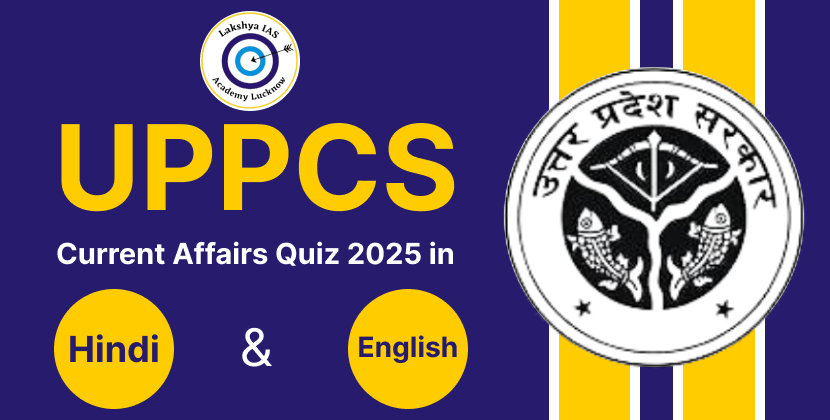
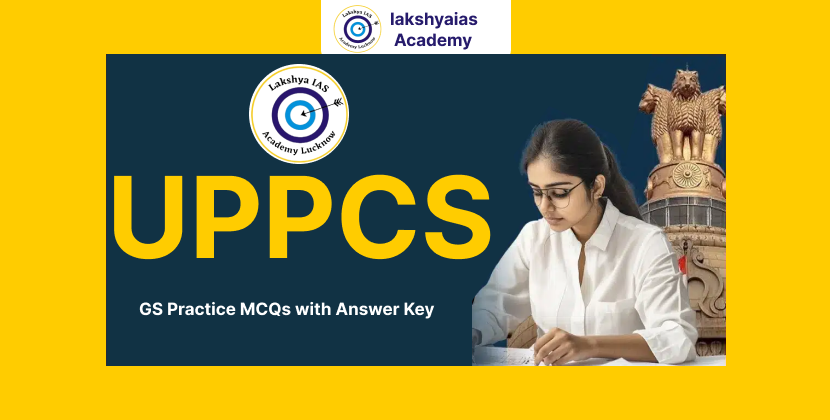
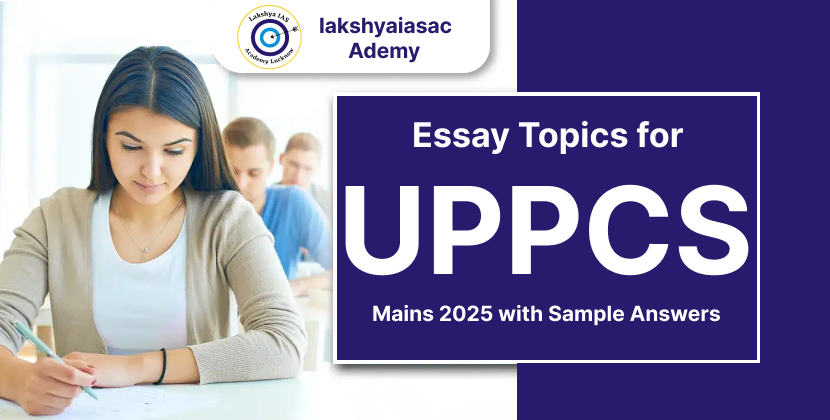
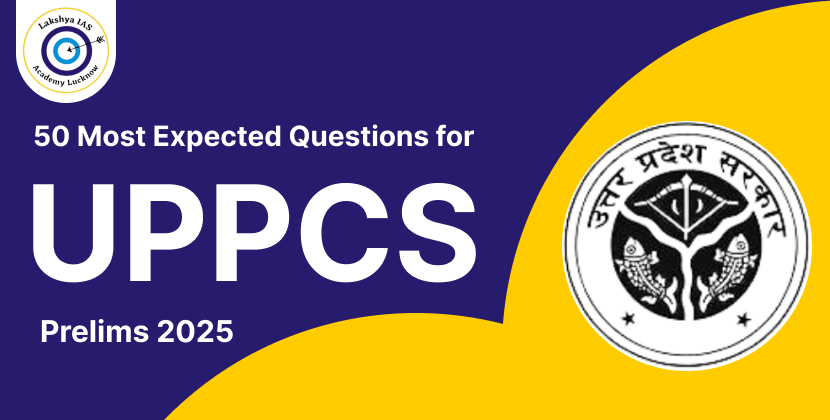
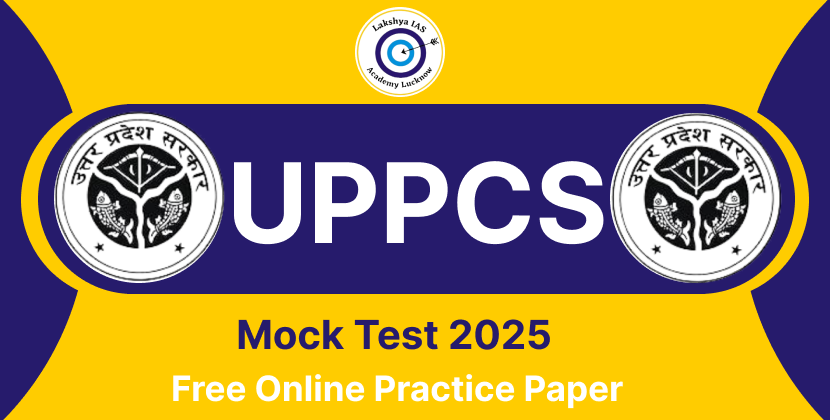
.png)
.png)

.png)
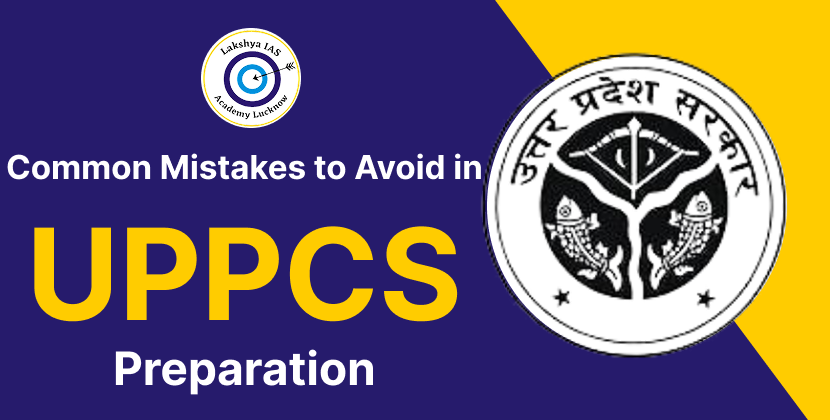
Leave a Comment